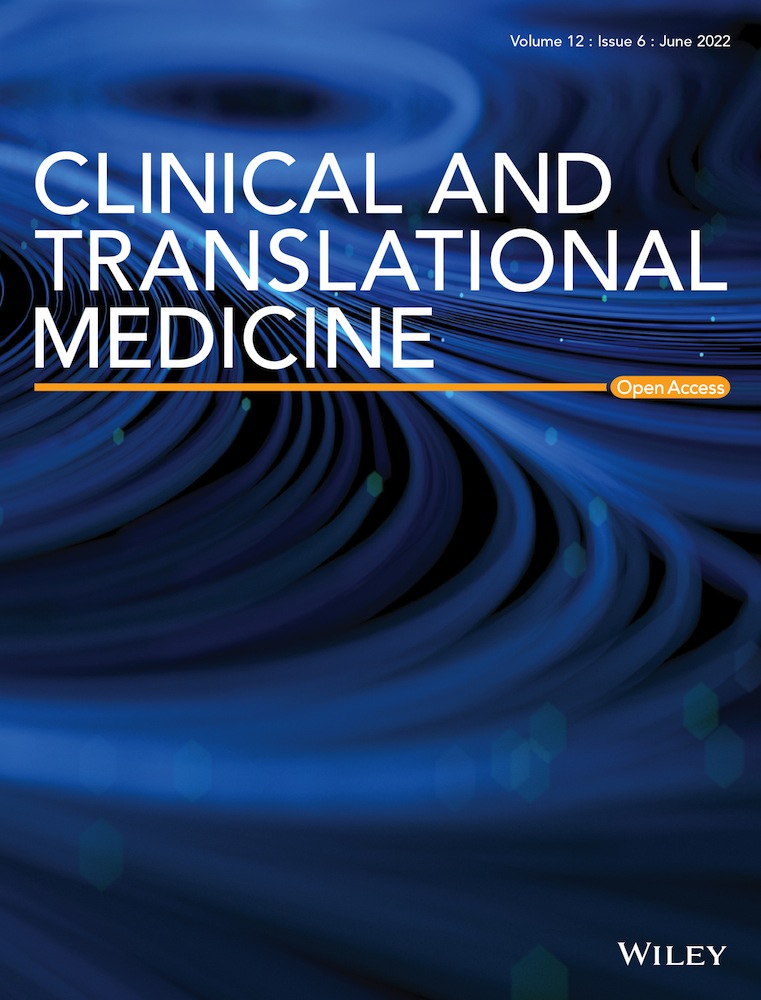HACE1 builds molecular crosstalks between rare diseases and (more) common disorders
HACE1 encodes for an HECT domain and ankyrin repeat-containing ubiquitin ligase, which is involved in tagging specific proteins for subcellular localization or degradation. A recent study reported the implication of HACE1 in cisplatin-induced cell death in gastric cancer by regulating cyclin C localization.1 This study provides solid data demonstrating that HACE1 specifically ubiquitylates Cyclin C at Lys11, which promotes the re-localization of this protein on the mitochondrial surface. However, the association of HACE1 with cancer is not new, since promoter hypermethylation of HACE1 gene and reduced protein expression have been observed in several tumour types. In fact, HACE1 is considered to act as a tumour suppressor whose downregulation could enhance tumour growth and progression, whereas its overexpression could inhibit tumour development.2 However, the implication of HACE1 in human disease is not limited to cancer. This commentary extends the discussion about the molecular function of HACE1 beyond its role in tumour biology and highlights the importance of establishing crosstalks between rare diseases and more common disorders.
HACE1 germline mutations are associated with a rare genetic disorder with autosomal recessive inheritance pattern, classified in the Online Mendelian Inheritance in Man (OMIM) database as spastic paraplegia and psychomotor retardation with or without seizures (SPPRS) (MIM #616756). This disease was discovered in 2015 in the context of a comprehensive genetic study involving 4295 patients with undiagnosed developmental diseases.3 In this study, the authors identified six individuals, from four unrelated families, carrying HACE1 loss of function mutations and postulate, for the first time, that HACE1 deficiency could be associated with an inherited genetic condition. In the following years, other studies identified additional HACE1 patients and at present, according to a recent bibliographic search in Pubmed, the number of reported individuals has increased up to 20.4-8 The affected individuals presented in infancy or in the first months of life with a variety of symptoms that included intellectual disability, psychomotor retardation, hypotonia, dystonia, spasticity, epilepsy, and ataxia. Brain imaging revealed variable hypoplasia of the corpus callosum, brain atrophy, delayed myelinization, and white matter abnormalities. The molecular mechanisms underlying HACE1 deficiency have not been completely elucidated, but several studies performed in cellular and animal models provided some insights pointing to altered regulation of autophagy and oxidative stress response pathways.9, 10 On the other hand, a recent study performed in SPPRS primary fibroblasts reported significant abnormalities affecting mitochondrial morphology and network branching. In addition, SPPRS cells showed a strong reduction of the mitophagic flux and a marked accumulation of both the overall and the intramitochondrial oxidative damage due to defective activation of Nrf2-dependent pathways.7 The mitochondrial defects observed in SPPRS patients together with the fact that HACE1 is required for cyclin C mitochondrial translocation reinforces the role of HACE1 in the regulation of mitochondrial physiology. In that sense, the upcoming discovery of novel HACE1 mitochondrial targets will open an exciting scenario that will improve the knowledge about the physiopathology of SPPRS. Reciprocally, the precise delineation of the molecular mechanisms underlying this rare inherited genetic condition will be fundamental to understand cellular processes associated with more common disorders, such as cancer. In this case, many questions will need to be addressed in the near future, such as the potential roles of HACE1-Nrf2 axis and the (im)balance between autophagy/mitophagy and cell death.
CONFLICT OF INTEREST
The author declares no conflict of interest.




